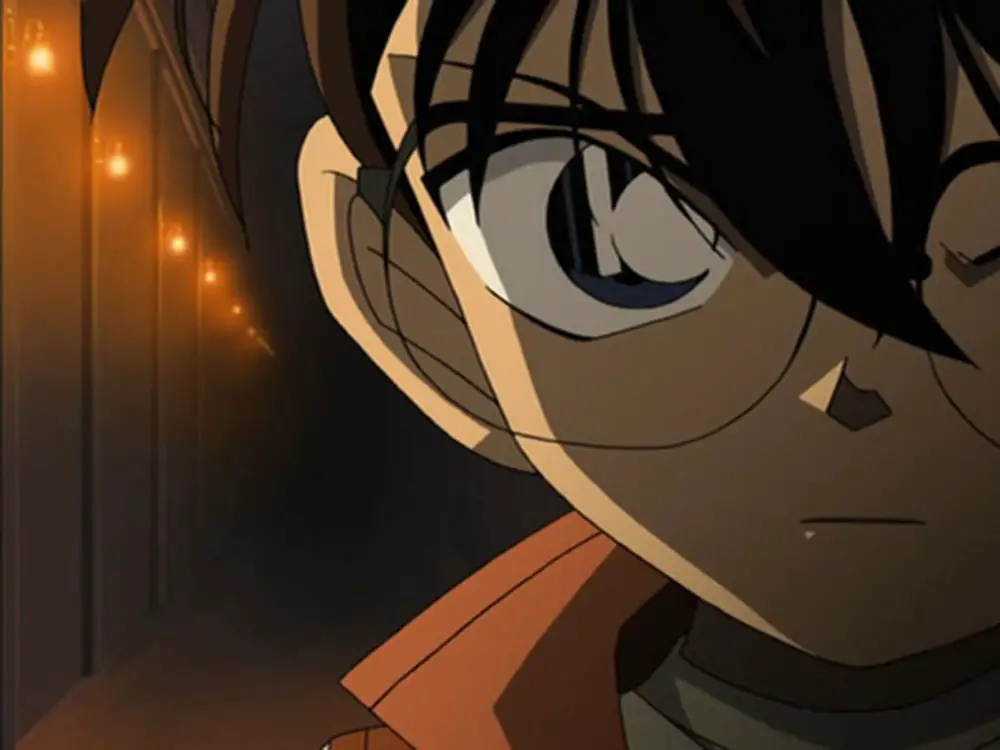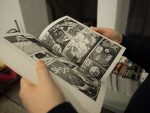“Detective Conan” is a beloved crime-solving Japanese anime series that has run since 1996, with a manga counterpart that started in 1994. It is so popular in Japan that there is a town and airport named after the titular character. The series is well-known for the insane tricks the culprits use to pull off their crimes, ranging from using insects to employing movable wall tiles.
But another thing “Detective Conan” displays in its more than 900 episodes is an in-depth exploration of the country of Japan. This fact isn’t apparent at first, but one can easily notice how many cases in the “Detective Conan” universe closely intertwine with the specifics of Japanese culture. From its clever usage of the Japanese language, to the crime locations spread across the archipelago, “Detective Conan” provides an interesting way for viewers to get acquainted with the country’s finer points.
https://www.youtube.com/watch?v=7BEyr-72fL0
The series follows a 17-year-old high school detective, Kudo Shinichi, who is well-known for helping the police solve crimes. Due to an encounter with two men in black, he turns into a 6-year-old child who retains the mental abilities and memories of his adult self — perhaps the most unrealistic aspect of this mostly realistic series. Calling himself Edogawa Conan, a combination of Arthur Conan Doyle and famous Japanese mystery writer Edogawa Ranpo, he goes to live with childhood crush Mouri Ran while solving various mysteries and attempting to uncover the organization that shrunk him.
A lot of the mysteries that appear in the anime have ties to some aspect of Japanese culture, be it the language, food or even historical games. Several riddles that the main characters must solve are related to the Japanese chess game shogi; one notable instance of the ancient game in the “Detective Conan” universe appears when a master shogi player uses Conan’s help to rescue his girlfriend, all by deciphering clues related to shogi pieces. The more modern pachinko also makes an appearance in the anime, as a game loved by Mouri Ran’s father.
Speaking of Ran’s father, another one of his interests is the famous idol Okino Yoko. Several Asian countries (most notably South Korea and Japan) have a huge idol culture. These idols are entertainers who usually create music, but often act and model as well. Most fans, perfectly embodied by Ran’s father, diligently follow their favorite’s works and media appearances. Many of these cases in the anime relate to Okino Yoko and other stars.
Idol culture isn’t the only form of Japanese entertainment represented in the “Detective Conan” anime. Several famous real-life TV shows and movies also have fictionalized counterparts. For example, the long-running tokusatsu (think “Power Rangers”) TV series Kamen Rider is represented by the beloved “Kamen Yaiba.” Gomera movies are also a staple in the anime, referencing the iconic monster Gamera and Godzilla.
But the “Detective Conan” series delves even further into the different aspects of Japan, most notably by its exploration of the Japanese language and history. Several characters that appear in the series have names similar to Japanese historical figures, and their character arcs are often dotted with allusions to their actions. Language, on the other hand, has an even bigger role in the series. When a person is found dead, more often than not, they will have left a “dying message” before their passing to point out their killer — either partially writing out a name in blood or dust, or leaving blood on desktop keyboards, or even arranging matchsticks in a certain order; the range and variety of these dying messages are quite amazing.
Since this is a Japanese anime, obviously the clues are in Japanese. For a non-Japanese speaker to truly understand the logic behind these dying messages, they need to understand how the language works. The Japanese language can be complicated for some and adding in codes can create a headache: Some of the language’s characters look like others, making the dying message hard to understand. Clever puns using Japanese and other languages also frequently appear in the anime.
Another aspect of the language portrayed in the “Detective Conan” anime is the various Japanese dialects. Standard Japanese is portrayed by the Tokyo region’s dialect, but another famous Japanese dialect, the Kansai dialect, also appears in the anime. One of the cases even depends on the differences between these two dialects, because what the witness overheard means something different depending on whether it is spoken in the standard Tokyo dialect or the Kansai dialect.
“Detective Conan” also showcases the Japanese mindset if you pay close attention. In one episode, Conan Edogawa determines that a supposed foreigner is actually Japanese. Seeing through the assumption that foreigners both speak English and look like Westerners, the detective discovers that a talent scout is training people who “looked foreign” but oh-so surprisingly spoke Japanese. To find the culprit, Conan had to break out of the typical mindset of his native land.
One of the more positive aspects of Japanese culture seen in the series comes from a Christmas special in 2004. In the episode, a bomb threat occurs during the much-anticipated final match of the spring koshien tournament. The annual high school tournament is a staple in the Japanese baseball scene and allows high schoolers to showcase their talents for prospective scouts. Fans of school teams, parents and sports fans often travel to see the tournament matches play out, fostering a sense of community — and they cling tighter in the face of adversity.
There are so many ways that the “Detective Conan” series acts as a gateway to the different, more in-depth aspects of Japan. From mysteries occurring all over the Japanese archipelago to the smaller things, like why Japanese people act the way they do, this mystery anime is chock full of cultural references. Whether you watch “Detective Conan” because you’re a mystery fan or not, the series will definitely introduce you to many aspects of Japan and make you think about its culture in different ways.

















